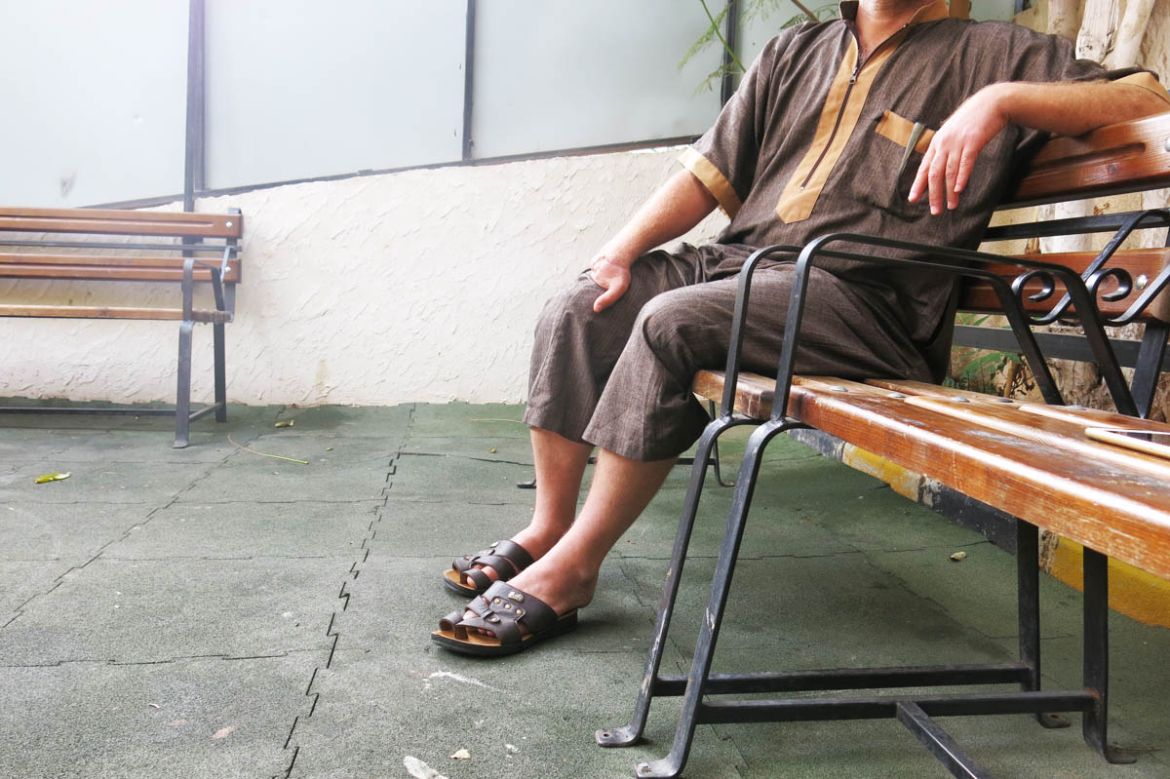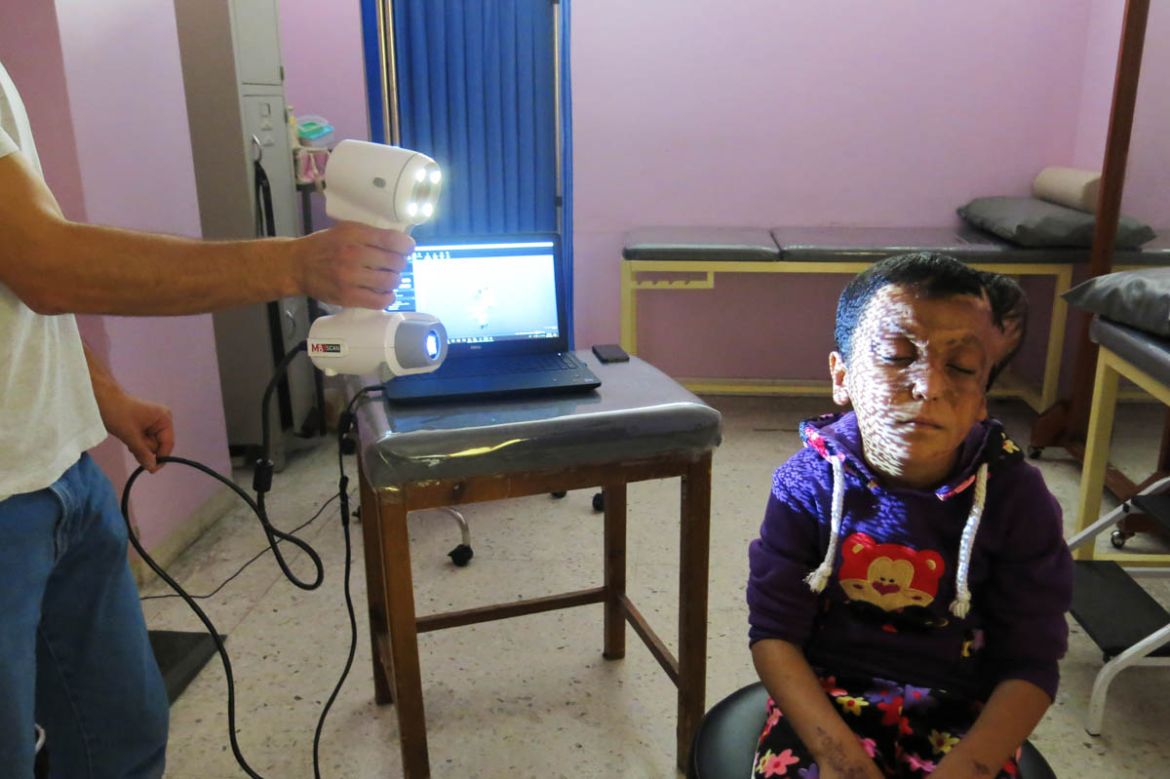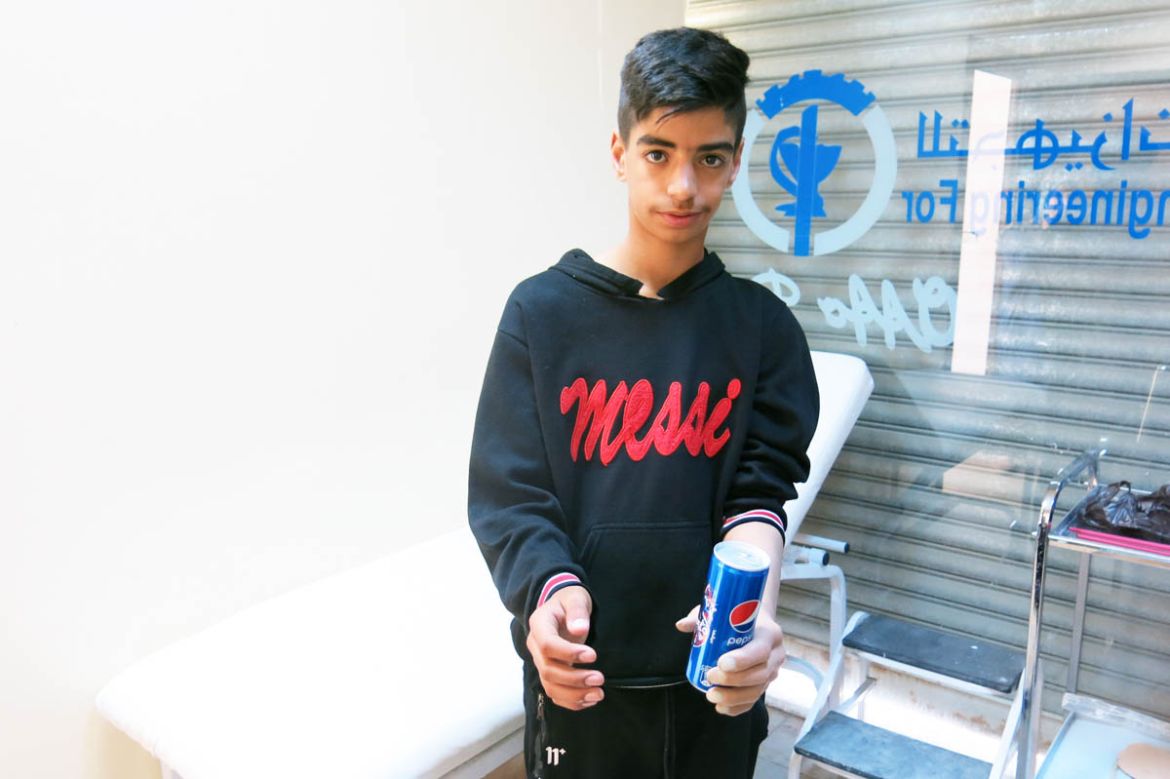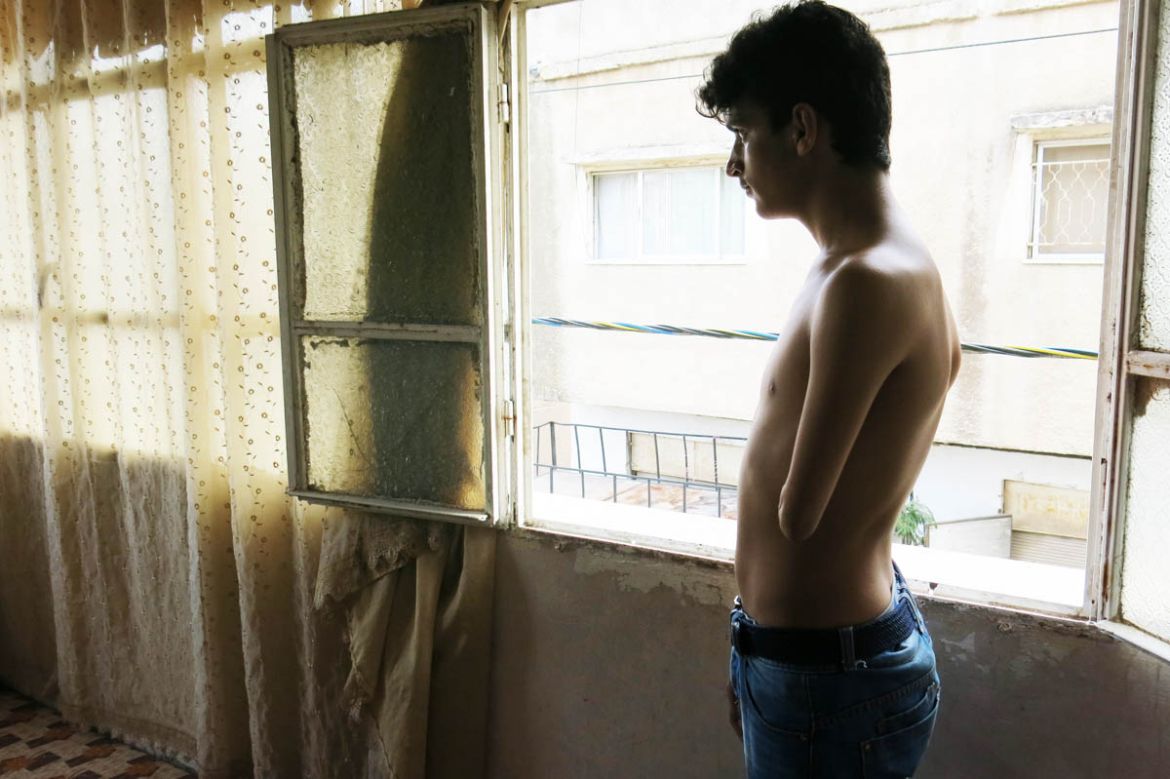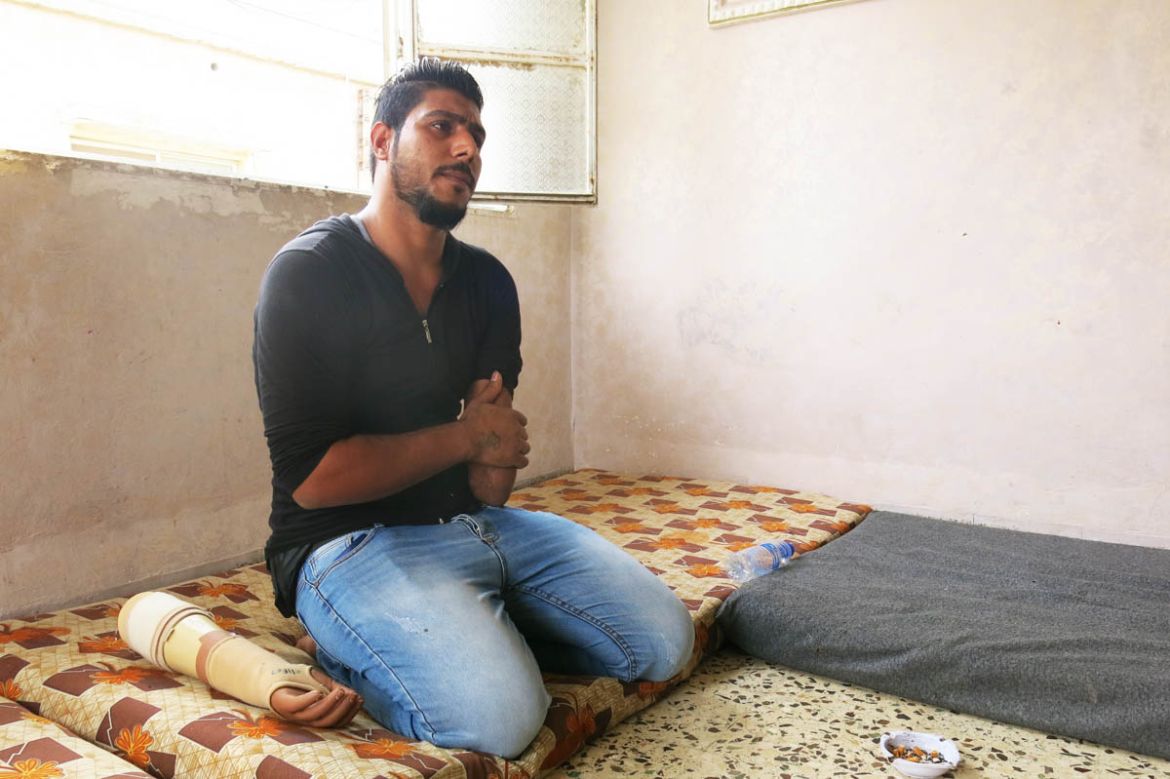In Pictures
MSF-run hospital offers 3D-printed prostheses to war wounded
A MSF-run hospital in Jordan offers 3D-printed prosthetics to amputated war victims from across the Middle East.
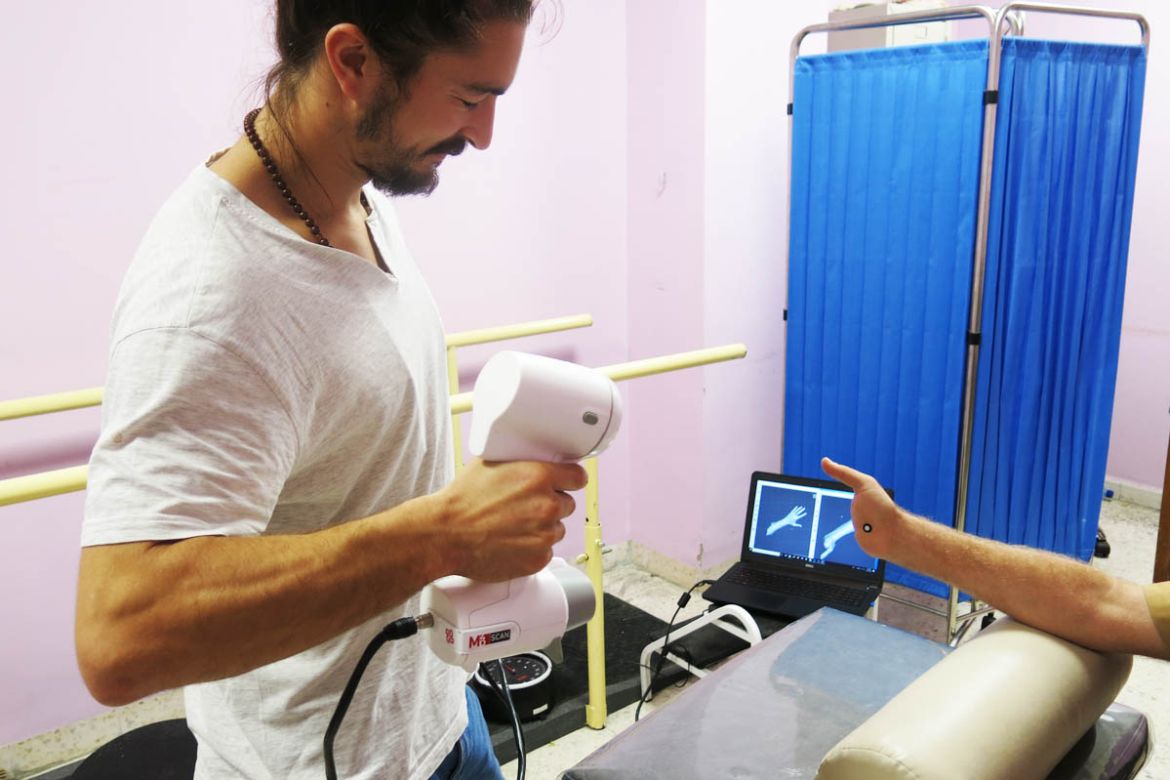
Amman, Jordan – A hospital in Jordan is offering amputee war victims from across the region 3D-printed prostheses in an attempt to help patients regain partial functionality of their missing upper limbs.
With 3D technology, printed prosthetics are lighter, cheaper and faster to produce than conventional ones. Patients at the hospital say they stopped using their previous devices due to their weight and ineffectiveness in addressing daily-life needs.
The Amman-based Doctors Without Borders (known by their French acronym MSF) reconstructive surgery hospital has been operating for over a decade on victims of conflicts suffering from wounds inflicted by bomb blasts, bullets, shrapnel and burns.
Patients mostly hail from Gaza, Iraq, Syria, and Yemen, where access to proper treatment and subsequent therapy is limited or costs are too high.
Starting as a study two years ago, the 3D project is still in its experimental phase. Patient feedback helps improve the quality of the technology each time a new prosthesis is delivered.
“The MSF Foundation launched the 3D project in Amman in February last year, and we started to see the first patients two months later,” said Pierre Moreau, clinical coordinator for the 3D project.
“So far, we have delivered 16 printed prosthetics. But our role doesn’t stop here. We support patients through a string of occupational therapy sessions to show what they can do with them.”
The raw material for a printed prosthesis, a type of thermoplastic polyurethane, costs between $20 and $50. The final costs, including case estimation, assessment of the patient’s needs and printing time, is around $250. Prices of conventional prosthetics vary, with below-elbow prosthetics starting from $200 and reaching up to $2,000.
The possibilities of 3D-technology seem limitless. Needing only a scanner and a printer, technicians can potentially print and produce prostheses everywhere, especially in war zones, where prosthetics need to be made in no time and at no cost.
“The idea is to be able to produce 3D-printed prosthetics in the future in places difficult to access and lacking a sound healthcare system, like in conflict areas. But the way to do it is still under discussion, as it is not always easy to find technicians available in these areas, and printers are still expensive,” said Moreau.
But new developments in innovative materials and cheaper printers are expected to further push prices down in the near future.
Some of the names have been changed on request


